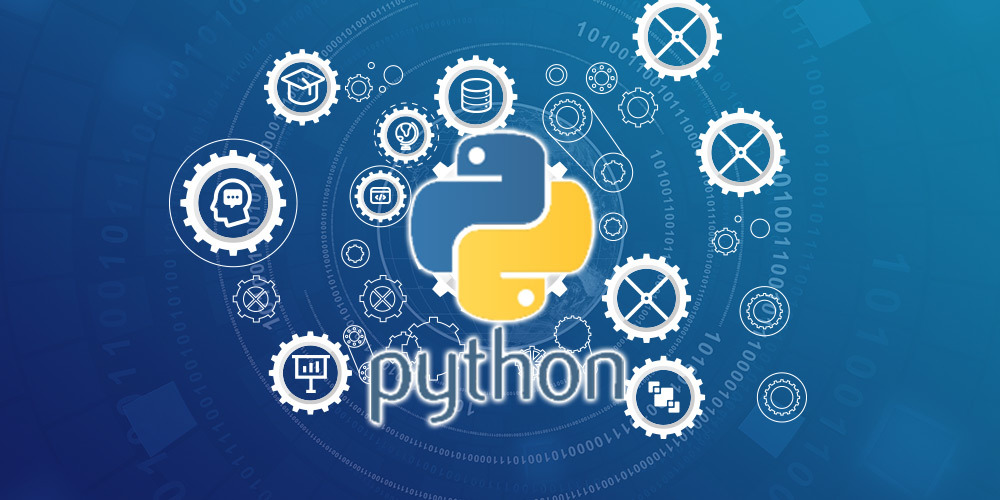Random Numbers in Python

Random numbers are used in many applications such as simulations, cryptography, and games. Python provides a built-in library called “random” that allows you to generate random numbers and perform various operations on them.
There are several ways to generate random numbers in Python using the “random” library, such as:
Using the “random()” function: This function generates a random float number between 0 and 1.
Using the “randint()” function: This function generates a random integer between a given range.
Using the “uniform()” function: This function generates a random float number between a given range.
Using the “choices()” function: This function returns a randomly selected element from a given sequence.
The “random” library also provides other functions for working with random numbers, such as shuffling a list, picking a random element from a list, and more.
It’s important to note that the random numbers generated by the “random” library are not truly random, they are called Pseudorandom number which means generated by a deterministic process with a seed, it can be predicted, it’s good enough for most of the applications.
In summary, Random numbers are used in many applications such as simulations, cryptography, and games. Python provides a built-in library called “random” that allows you to generate random numbers and perform various operations on them. The library provides several ways to generate random numbers such as “random()”, “randint()”, “uniform()” and “choices()” functions. These numbers generated by the “random” library are called Pseudorandom number, they are good enough for most of the applications.
In this Applied Machine Learning Recipe, the reader will learn: Random Numbers in Python.
Essential Gigs
For only $50, Nilimesh will develop time series forecasting model for you using python or r. | Note: please contact me…www.fiverr.com
For only $50, Nilimesh will do your data analytics and econometrics projects in python. | Note: please contact me…www.fiverr.com
For only $50, Nilimesh will do your machine learning and data science projects in python. | Note: please contact me…www.fiverr.com
For only $50, Nilimesh will do your gis and spatial programming projects in python. | Note: please contact me before…www.fiverr.com